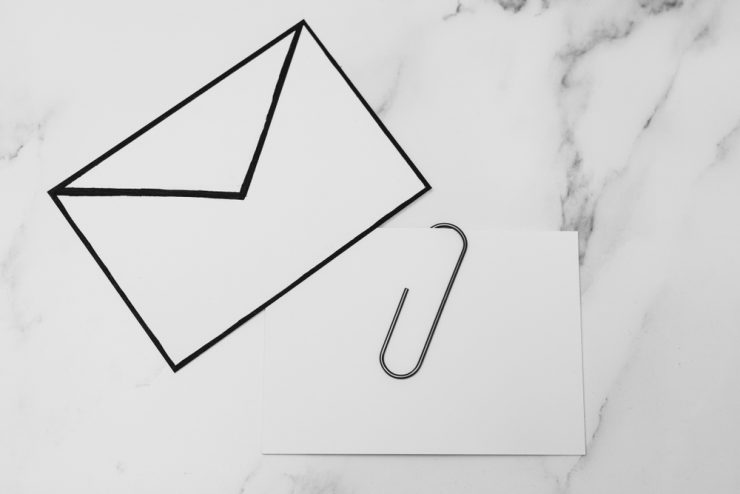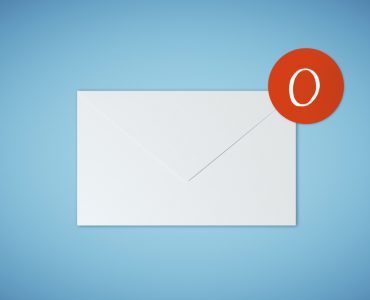If you have an inbox that tends to get out of control, you’re not alone. the average person working in business receives over 100 pieces of email per day and it can feel impossible to keep up with them all. Once you start failing to do so, they have a distressing habit of building up, and before you know it your inbox is hundreds or even thousands of messages in size. Don’t panic! There is a solution, and these simple tips will help you realize it.
Start archiving
First of all, you need to get on top of that cluttered inbox. Start by creating an archive folder, then create other folders within it for different subjects you deal with often. It’s helpful to add a Miscellaneous folder for those odd messages that don’t quite fit anywhere else. Search for messages you can easily identify by sender or keyword and move them into your archive folders en masse. You won’t be able to do this with everything, but it will give you a good start.
Change the way you view your inbox
A healthy inbox is not a bin where things can simply be left lying around. It’s a delivery station. Messages should move into it, be processed and then be moved on. Once you’ve whittled down your old messages and deleted or archived them, you need to begin the day to day work of keeping your inbox clear. Aim to have it empty by the end of the day and, if necessary, schedule time on one day per week to deal with anything that’s still lingering there.
Stop collecting junk
When email that isn’t useful arrives in your inbox, it’s important to be ruthless with it. If it comes from a mailing list that you never really read any more, unsubscribe. If it’s clearly spam, tag it as such. After taking any such actions, hit the delete button. Don’t allow yourself to be sentimental about messages you’ll never have time to read again anyway and don’t cling to the possibility that something just might be useful in the future – if you really believe that, that’s what archives are for.
Create management folders
Not every message can be replied to immediately. Sometimes you might need to wait until you have more information or until you’ve completed an associated task. That’s fine but don’t leave it in your inbox. Instead, move it to an action folder where it can remain until dealt with. You’ll also find it useful to create folders for ongoing correspondence and for messages that you’ve forwarded to other people but could still end up being responsible for.
Speed up processing
Often the reason why people get behind with email is that they spend too long on each individual response. In most cases – especially in business – this really isn’t necessary. Keep your replies short and don’t be shy about pasting in template material rather than continually repeating the same things. Over the course of the day, it can save a lot of time.
Use these simple strategies and you too can take control of your inbox, now and in the future.













